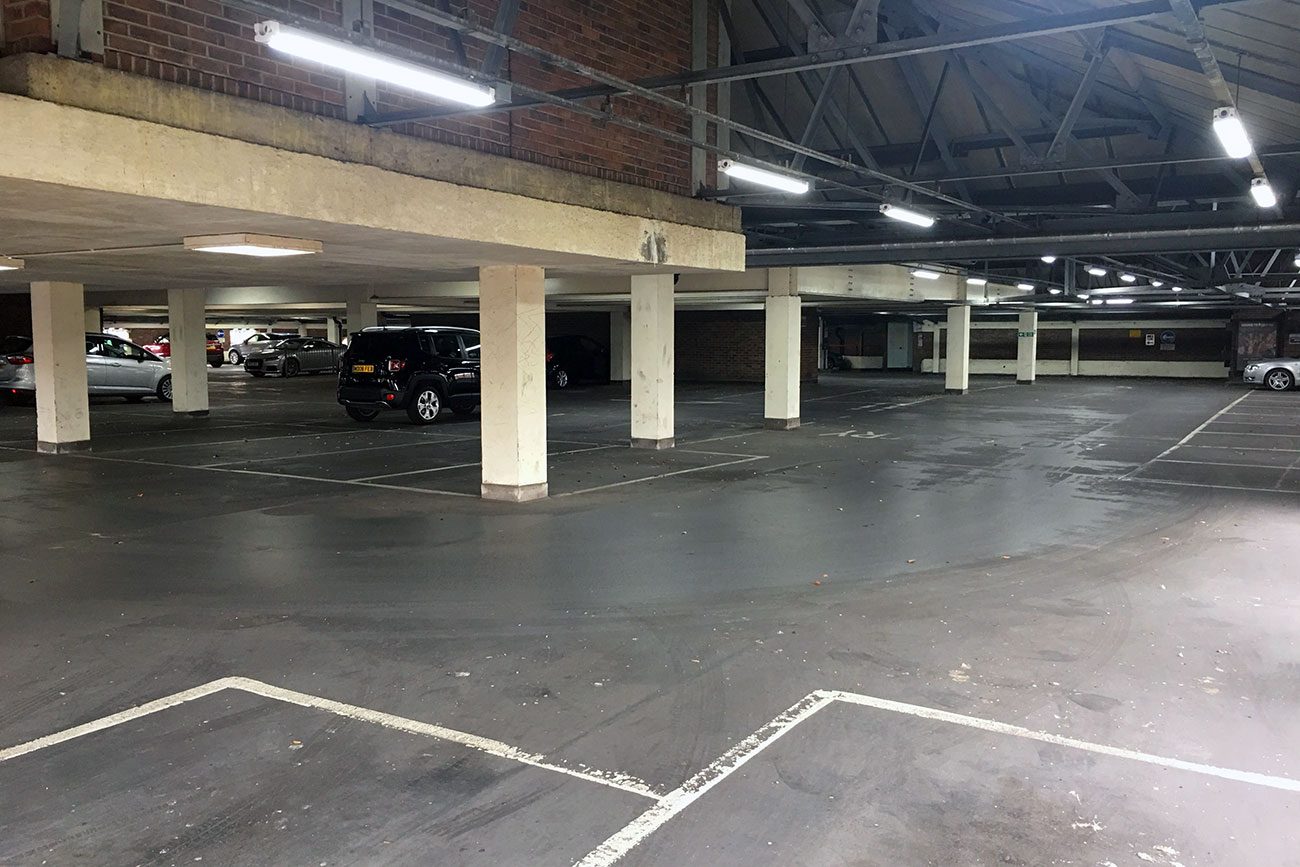New figures show that two York car parks are operating way below capacity – leading to calls for a rethink of city centre policy.
Phil Pinder, chairman of York Retail Forum, has compiled and crunched the figures for both Piccadilly and Foss Bank car parks, both owned and run by City of York Council.
While you would never expect car parks to be full or close to full – that would mean gridlock – the fact that they are on average 80% below capacity will surprise many people.
This revelation should lead to three things, Phil says:
- promotions to bring more shoppers into York city centre
- a push to encourage more visitors in the late afternoon and early evening
- the opportunity to green over Castle car park, diverting the cars to the other car parks.
Parking at 20% capacity

Phil did his calculations on the last full year of data available, 2016/17.
On the hourly charges for parking in Piccadilly’s 287 bays that year, the maximum it could have earned was £2.5m.
Yet pay & display income was just £363K. Add in income from the phone parking app and the total is £422K, according to City of York Council.
That makes a total capacity of 19%.
For Foss Bank, the total income was £324K out of a potential £1.5 million – a total capacity of 21%.
He also checked out the income for the pay and display parking after 3pm on Thursday afternoons.
The only reliable figures were for April-September 2016. In that period, the post-3pm total income averaged £51 a night in Foss Bank, and £89 a night for Piccadilly.
Piccadilly car park
Number of spaces: 287
Charges in 2016/17: £2.10-£2.40 per hour
Open: Ten hours a day, till 6.30pm
Potential income 2016-17: £2.2 million to £2.5 million
Actual income: £422,000 – or 19%
Foss Bank car park
Number of spaces: 316
Charges in 2016/17: £1.10 per hour
Open: 12 hours a day
Potential income 2016-17: £1.52 million
Actual income: £324,000 – or 21%
Encourage shoppers

Phil wants the parking figures to feed into the debate on how we can ensure York city centre prospers into the future.
“It is clear from looking at the council data on car parks a lot more could be done to encourage shoppers into the city,” he said.
“The occupancy levels after 3pm are pretty much nil in many car parks. Encouraging afternoon shoppers into the city could help create the early evening economy that City of York Council are so keen to promote.

“Coupled with converting car parks to pay on exit, to enable those visiting to stay as long as they way and paying for the amount of time they want to stay, and not trying to predict this on arrival.”
He added:
I accept that we need to encourage greater use of cycling, and support projects like My Castle Gateway including the conversion of Castle Car Park into a new green space for York.
The one thing this reports shows, is actually we can do ALL of these things, by diverting those wanting to shop to the under used facilities like Foss Bank and Piccadilly Car Parks.
This will free up space to support the turfing of Castle Car Park, and converting space in other car parks to create secure city centre cycle parking facilities on top.
‘We’re acting on car parks’

Councillor Ian Gillies, executive member for transport and planning, said the council were committed to working with retailers to encourage more visitors into the city.
“Car parking plays a role in this but more people driving cars into the city centre, creating more congestion and reducing the air quality, will not make York a more attractive place to work, shop or relax,” he said.
“People want quality alternatives to driving into town, so we’ve invested heavily in the park and ride service, which accounts for nearly four million journeys a year, as well as improved cycleways and pedestrian access.”
He said they continually review car parking usage.
“Where changes to car parking can help, we’re acting. We have improved the cashless payment system and, after a request from the city’s retailers, agreed to extend the opening hours of the Piccadilly car park over the Christmas break.”
‘Small snapshot’

The figures, Cllr Gillies said, “are only a very small snapshot in respect to the council’s car parking operation, and therefore can’t be used to make any meaningful comment on the efficiency or effective operation of our car parks”.
“We are just one of many car park operators within the city, and along with those commercial operators in the retail forum have a complex balance to strike over pricing and occupation levels.”
He added:
No car park is ever full 100% of the time – the national standard is between 50 and 80%.
Empty spaces off-peak are not ‘missed revenue’ – it is normal for any service which caters for high demand at peak times.
Phil welcomed the council’s commitment to work with retailers, and to extend the Piccadilly Car Park hours.
“The council cite a national standard for car park occupancy is around 50-80%,” he said.
“Even using the figure the council claim, the occupancy of some of the council’s key assets such as Piccadilly Car Park achieve an occupancy closer to 20% – less than half of the lower national standard they reference.”
